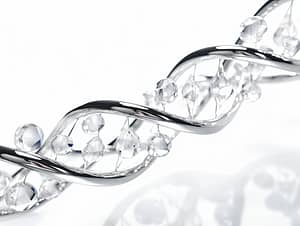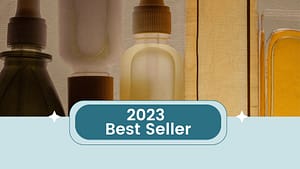Consumers may be allergic to cosmetic ingredients, but not everyone reacts the same way. Authorities in Europe are asking manufacturers to list allergens so that consumers can choose safe products. Manufacturers should pay attention to the list of allergenic scents to be reported in cosmetic packaging. Then, let’s find out what allergens are.
What is definition of allergens?
Although the word “allergen” does not appear in the EU Cosmetics Regulations, the 26 substances listed in Annex III to the Regulations are known as potential allergies and are therefore regulated under the regulatory framework. Allergens can trigger the immune system to release chemical substances such as antibodies that result in allergy symptoms.
Cosmetic regulation – 26 allergens
Cosmetic products in Europe have to comply with EU regulation 1223/2009. In paragraph 49, the regulation mentions the need to restrict the use of any potential cosmetics allergens identified by the SCCS. These 26 substances are recognized as allergens, so consumers should be clearly informed that they are included in cosmetics. The common source of allergen in cosmetic is fragrance which easily can find in many cosmetic products. It is extracted from synthetic fragrances or natural essential oils/extracts and contains the following substances.
All cosmetics on the EU market must have a PIF (Product Information File). If the cosmetic contains fragrance, the PIF must include an allergen list and IFRA certificate.

What is IFRA?
The IFRA certificate is a document established by the fragrance manufacturer to ensure that the fragrance meets IFRA standards and is used safely. Certificates provide information on the maximum permitted usage of fragrance in various product categories. Safety assessor can evaluate whether the amount of fragrance used in a particular cosmetic meets the limitations set in the IFRA standard.
Labelling
In fact, cosmetic manufacturers and suppliers to the EU market should list the presence or absence of such substances in containers or packaging if they are above the following levels:
Rinse-off cosmetics: 0.01% (e.g. Soap, Shower gel, Shampoo etc.)
Leave-on products: 0.001% (e.g. Cream, Toner etc.)
Expansion of Allergen substances list?
Initially, the expanded adoption of Annex III regulation 1223/2009 was expected to take place in 2020 but was postponed due to several factors. At this point, there is no clear indication of when or what will happen. However, since this expansion is expected to take place in the end, manufacturers need to clearly state the results of cosmetic tests on the relevant packaging and conduct appropriate tests.
Eventually, expanding to all 82 substances will increase reputation in product safety and benefit consumers and manufacturers with better access to information.



